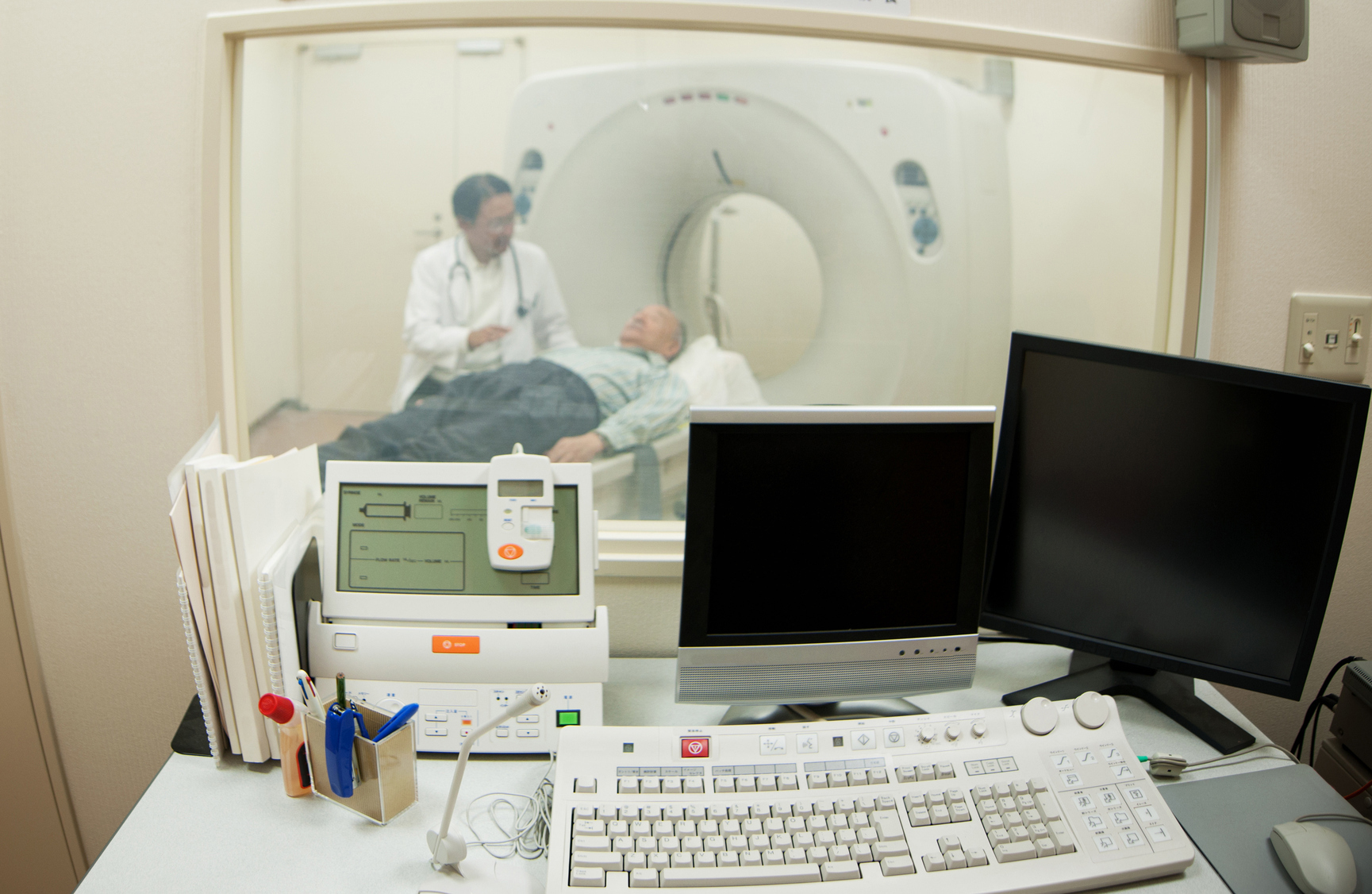Getting treatment quickly, within six hours, following a stroke has been the gold standard in care to preserve as much healthy brain tissue as possible but new research and advanced imaging technology may widen this window significantly.
According to a recent Health Science report by the Washington Post, doctors may have an additional 10 hours to respond to stroke, the fifth-leading cause of death in the United States in 2016. Nearly 800,000 Americans suffer a stroke each year; stroke is also the leading cause of serious, long-term disability.
A recent study out of Stanford University Medical Center, funded by the National Institute of Neurological Disorders and Stroke, discovered that with the use of a CT scan using a dye that shows damaged tissue that is not yet dead, doctors have as long as 16 hours to remove the blood clot. More time to treat clots with medication or a thrombectomy will allow patients to be transferred from a small hospital to a larger center for treatment where more healthy brain tissue can be saved.
The new brain-imaging software, developed at Stanford, helps doctors identify patients who have suffered a stroke and could benefit from clot-removing treatment. In trials, patients who received thrombectomies to remove clots had far superior outcomes than those who received standard medical therapy, even after 6 to 16 hours following a stroke. With an expanded treatment timeframe, the number of stroke patients who died or were required to move into a nursing home was nearly cut in half.
Because many strokes are unnoticed when they occur in a patient’s sleep, this new research opens the door for stroke victims to receive treatment, even as late as 24 hours after the event, increasing the likelihood of preventing severe disabilities. The American Heart Association and the American Stroke Association have announced new treatment guidelines revising treatment windows and widening the eligibility for medication treatment of patients with mild strokes.
Read more about stroke treatment research in the New England Journal of Medicine here. Learn about the Stanford Imaging software by following this link to Stanford Medicine’s News Center.






Add Your Voice
0 Comments
Join the Discussion